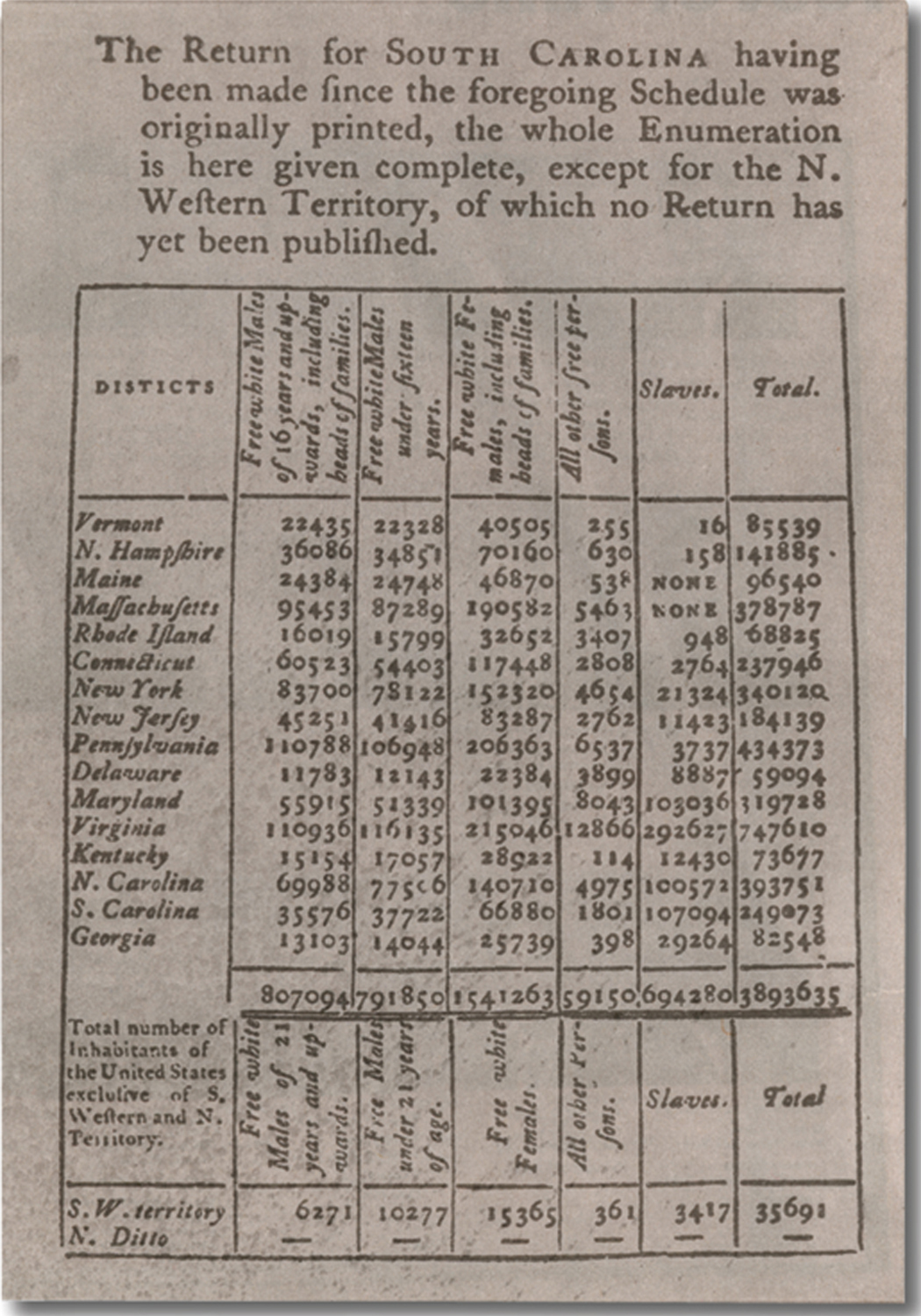The American Promise:
Printed Page 233
The American Promise Value
Edition: Printed Page 222
The Public Debt and Taxes
The upturn in the economy, plus the new taxation powers of the government, suggested that the government might soon repay its wartime debt, amounting to more than $52 million owed to foreign and domestic creditors. But Hamilton had a different plan. He issued a Report on Public Credit in January 1790, recommending that the debt be funded—
Funding the debt in full was controversial because speculators had already bought up debt certificates cheaply, and Hamilton’s report touched off further speculation. Hamilton compounded controversy with his proposal to add to the federal debt another $25 million that some state governments still owed to individuals. During the war, states had obtained supplies by issuing IOUs to farmers, merchants, and moneylenders. Some states, such as Virginia and New York, had paid off these debts entirely. Others, such as Massachusetts, had partially paid them off through heavy taxation of the people. About half the states had made little headway. Hamilton called for the federal government to assume these state debts and combine them with the federal debt, in effect consolidating federal power over the states.
Congressman James Madison strenuously objected to putting windfall profits in the pockets of speculators. He instead proposed a complex scheme to pay both the original holders of the federal debt and the speculators, each at fair fractions of the face value. He also strongly objected to assumption of all the states’ debts. A large debt was dangerous, Madison warned, especially because it would lead to high taxation. Secretary of State Jefferson was also fearful of Hamilton’s proposals: “No man is more ardently intent to see the public debt soon and sacredly paid off than I am. This exactly marks the difference between Colonel Hamilton’s views and mine, that I would wish the debt paid tomorrow; he wishes it never to be paid, but always to be a thing where with to corrupt and manage the legislature.”

A solution to this impasse arrived when Jefferson invited Hamilton and Madison to dinner. Over good food and wine, Hamilton secured the reluctant Madison’s promise to restrain his opposition. In return, Hamilton pledged to back efforts to locate the nation’s new capital city in the South, along the Potomac River, an outcome that was sure to please Virginians. In early July 1790, Congress voted for the Potomac site, and in late July Congress passed the debt package, assumption and all.